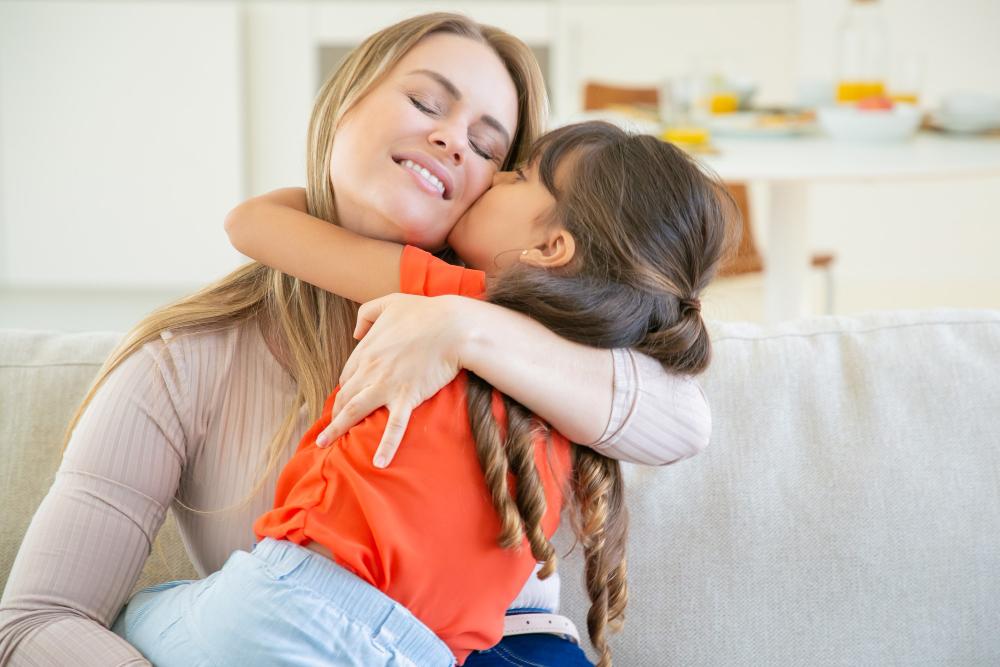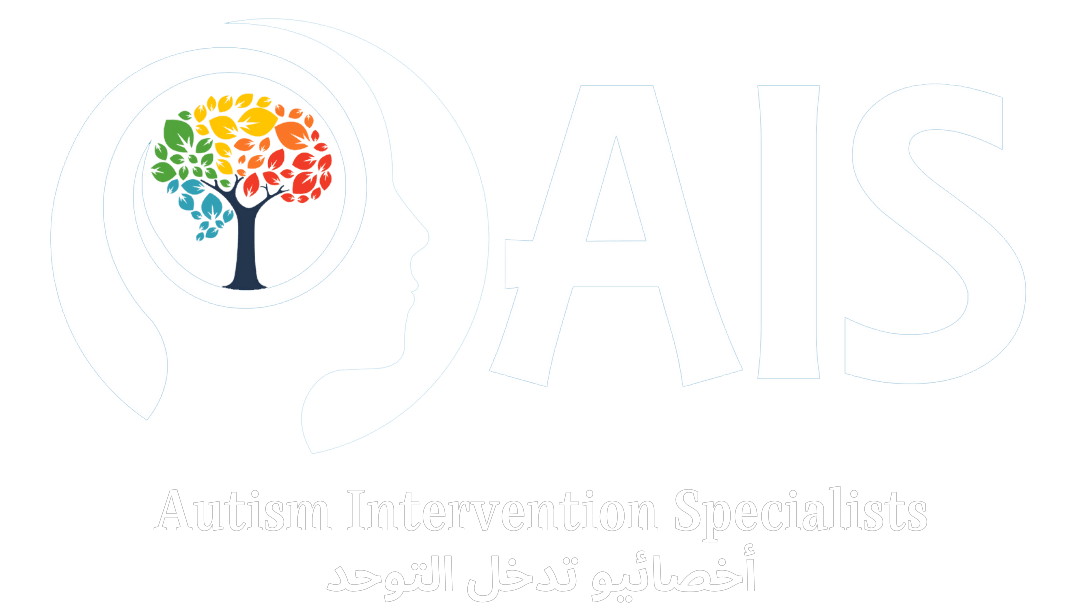At our center here, Autism Intervention Services, parents of children who have been newly diagnosed as on the spectrum often share a concern – that their children don’t know how to show love. But we can assure you that there’s something else parents of children who are on the spectrum share a few years down the line: “My child is full of love, he/she only knows to love! It is absolutely precious!”
Perhaps then, our love languages are different, which is why we don’t know to read the signs? To begin with, all the signs usually associated with expressing love in the neurotypical world needn’t necessarily be what a neurodivergent child is comfortable with.
Here are some examples of love for children in a neurodivergent world:
Physical contact, on their terms
Do children on the autism spectrum like to hug? Not all children on the spectrum shun acts of affection such as holding hands, cuddles or tickles, but respect the fact that they will only do so if comfortable. It is always advisable to let them make the first move.
Gestures, words on repeat
It is common to find children on the spectrum repeating a phrase or word, or even a particular action many times over. The next time they break into a song, repeating the lines, or find their favourite book/toy to bring to you, have no doubt that it is a sign of affection that your little one is showing you.
Non-verbal cues
A child on the spectrum might show affection by treating someone the way he/she likes to be treated. This may mean avoiding any overwhelming response from their side and simply letting the other person be.
Sharing is caring
While we have all been taught in school that sharing is caring, it is of a much larger significance when coming from a child on the spectrum. It means the child wants to form a deeper connection and would like to have you spend more time around them.
Love comes in many forms. Once an effort is made to understand how each person communicates, there’s all the more reason for joy.







